170-foot scary asteroid rushing towards Earth at 42912 kmph; will reach tomorrow, says NASA
A gigantic 170-foot asteroid is all set to come as close as 7.07 million kilometers to Earth tomorrow, Sunday, April 9, informs NASA.
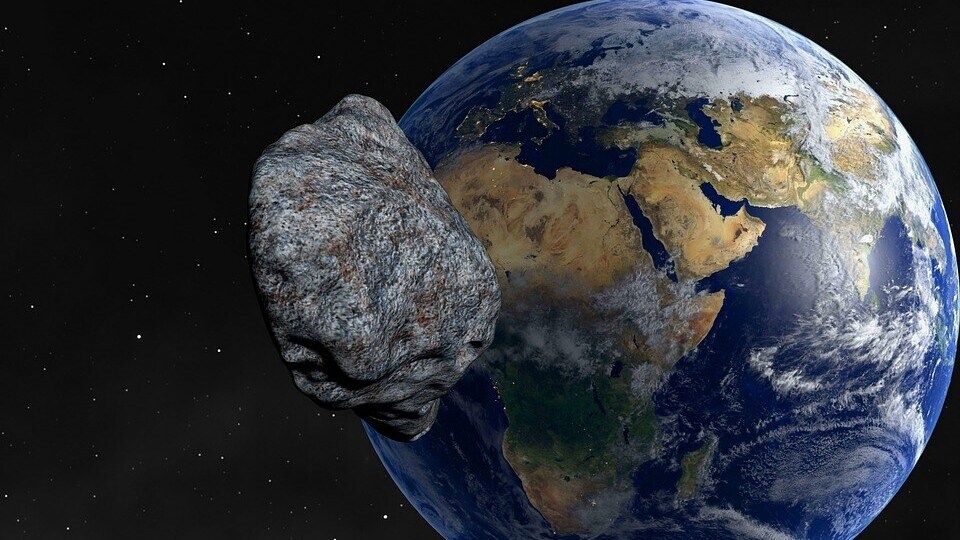
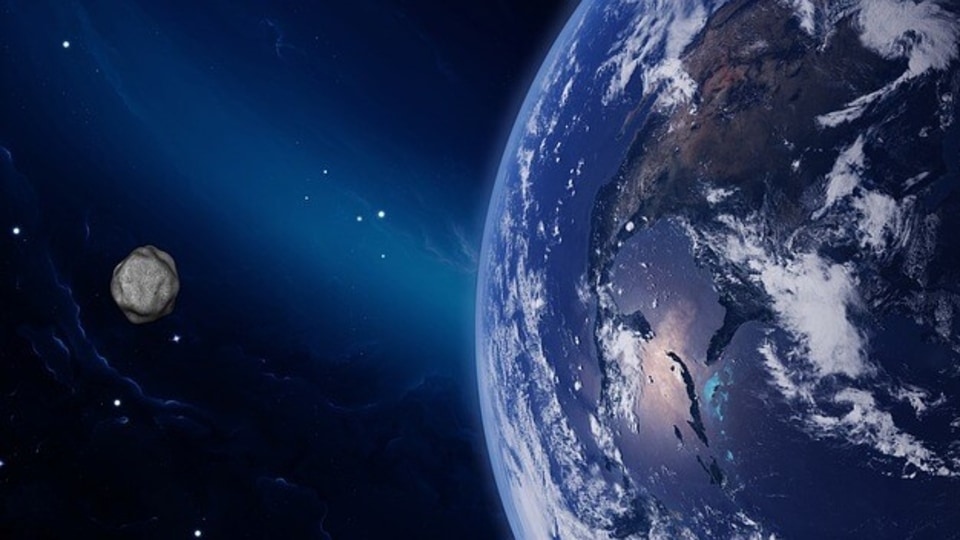

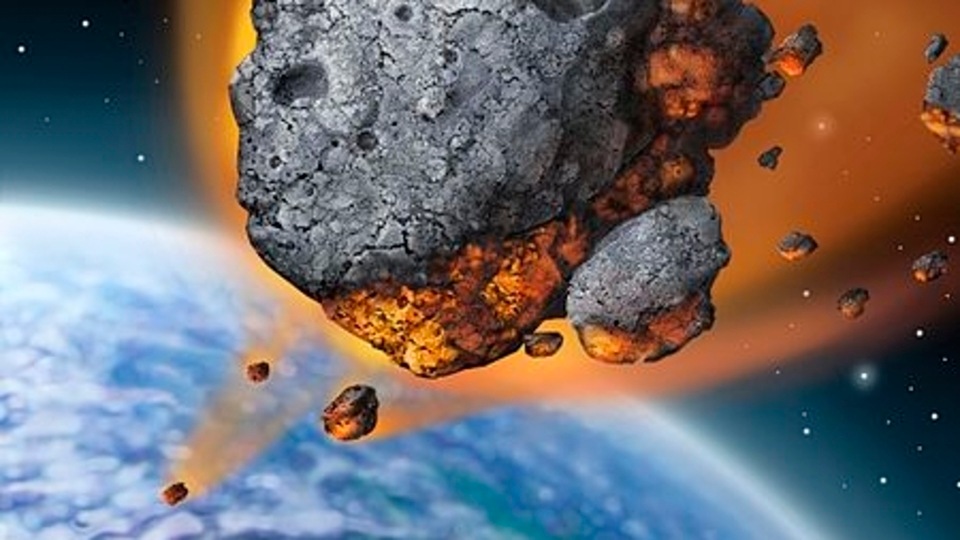
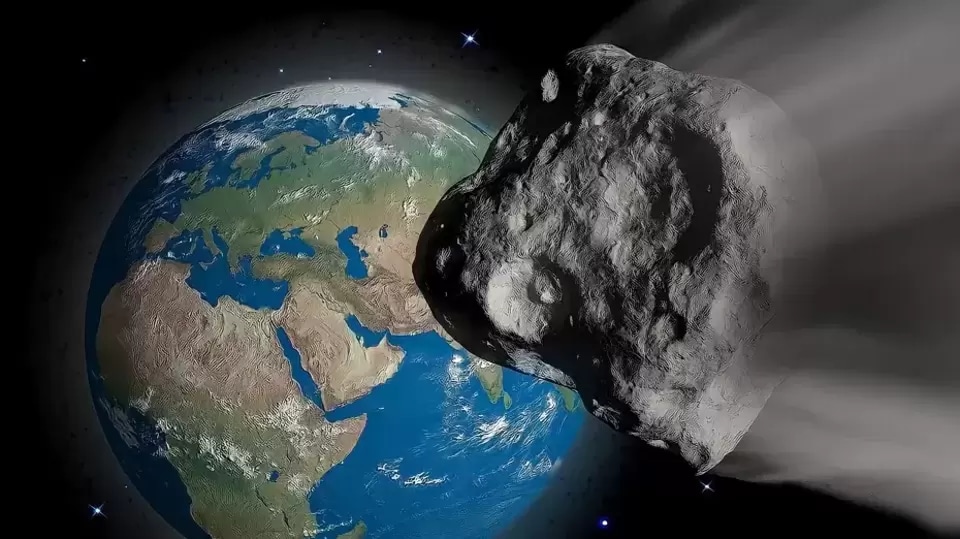
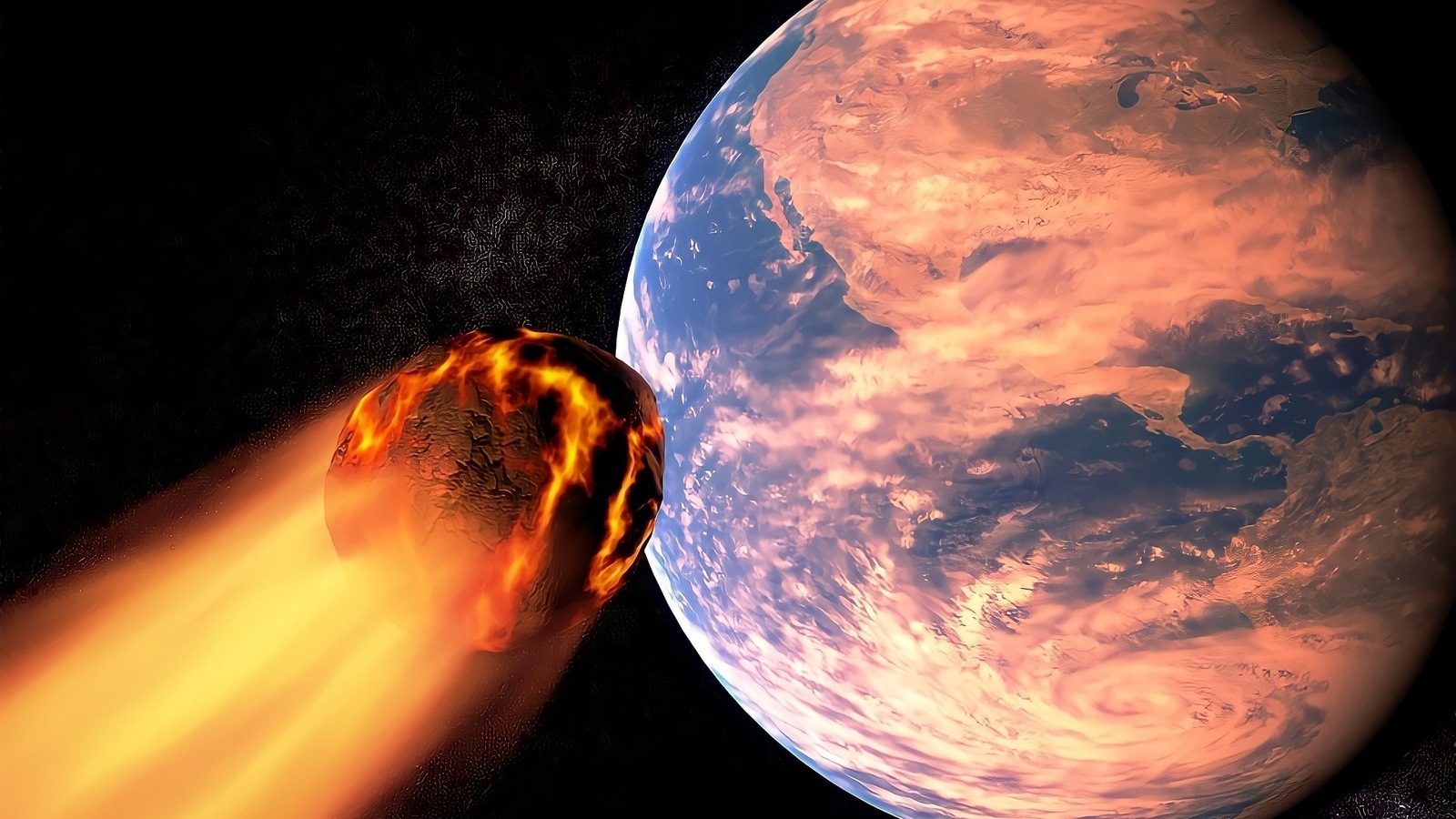
 View all Images
View all ImagesCan an asteroid threaten Earth's civilization? Well, the era of dinosaurs is believed to have ended because of an asteroid's collision with the planet! What are the evidences of a space object colliding with Earth? The evidence of such occurrences are a huge number of craters on Earth. Even the moon and other planetary bodies have these asteroid collision craters. "We believe anything larger than one to two kilometers could have worldwide effects," US space agency NASA stated. It also said that asteroids that populate the main asteroid belt between Mars and Jupiter, and pose no threat to Earth, can be as big as 940 kilometers (about 583 miles) across. Howver, if something untoward happens, then these asteroids can be knocked out of their orbits towards Earth.
170-foot Asteroid 2023 FY13
Meanwhile, NASA's Jet Propulsion Laboratory (JPL) has informed of a 170-foot large asteroid named 2023 FY13 which will be nearing planet Earth on Sunday, April 9. The airplane-sized asteroid will make its closest approach to the planet at a distance of 7.07 million kilometers and is moving at a blazing speed of 42912 kilometers per hour. According to NASA, this space rock belongs to the Apollo group of Near-Earth Asteroids.
How NASA calculates an asteroid's orbit
In order to keep a track on the movement of asteroids, NASA uses several telescopes and other machines. The US space agency also calculates an asteroid's orbit. An asteroid's orbit is computed by finding the elliptical path about the sun that best fits the available observations of the object. That is, the object's computed path about the sun is adjusted until the predictions of where the asteroid should have appeared in the sky at several observed times match the positions where the object was actually observed to be at those same times, NASA explained.
As more and more observations are used to further improve an object's orbit, NASA becomes more confident in its knowledge of where the object will be in the future.
What is NASA doing to find and learn more about potentially hazardous asteroids
NASA has established a Planetary Defense Coordination Office (PDCO), managed in the Planetary Science Division at NASA Headquarters in Washington, D.C. The PDCO ensures the early detection of potentially hazardous objects (PHOs) - asteroids and comets whose orbits are predicted to bring them within 0.05 Astronomical Units of Earth (5 million miles or 8 million kilometers) and of a size large enough to reach Earth's surface - that is, greater than approximately 30 to 50 meters.
NASA tracks and characterizes these objects and issues warnings about potential impacts, providing timely and accurate information.
Catch all the Latest Tech News, Mobile News, Laptop News, Gaming news, Wearables News , How To News, also keep up with us on Whatsapp channel,Twitter, Facebook, Google News, and Instagram. For our latest videos, subscribe to our YouTube channel.




























